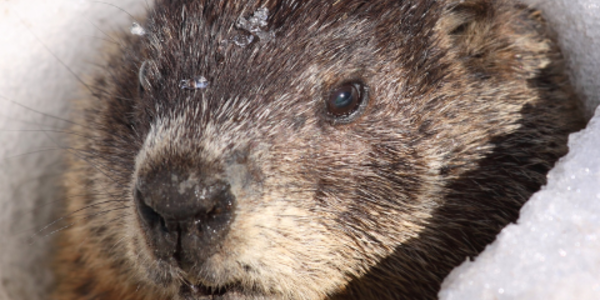
NOAA and its partners have released the latest Regional Climate Impacts and Outlooks, which recap winter conditions and provide insight into what to expect this spring.
Winter Temperature Recap
The contiguous United States just experienced a warmer-than-average winter. Six states in the Southwest had winter temperatures that were much above average, with some locations being record warm. Cooler-than-average winter temperatures were observed in parts of the Northern High Plains to Central Plains. But no state was record warm or record cold.
Spring Temperature Outlook
Through June, odds favor above-average temperatures for the southern two-thirds of the United States, extending from California across the central Plains and into the Northeast. The greatest likelihood of above-average temperatures extends from the Southwest across Texas and the Gulf Coast. Hawaii and the northern half of Alaska are also favored to experience above-average temperatures during the April through June season. The Northern Rockies is the only region leaning towards below-average temperatures this spring.
Winter Precipitation Recap
The winter season was also marked by regional precipitation extremes in the contiguous United States but ranked in the driest third of the record overall. Below-average precipitation was observed across much of the West and parts of the Plains and Southeast. While above-average precipitation fell across the Northern Rockies, Lower Mississippi Valley, Midwest, and Northeast.
Spring Precipitation Outlook
Below-average spring precipitation is anticipated across much of the West and Southwest, extending from California to the south-central Plains, including Texas and parts of Oklahoma where drought is currently affecting the region. Below-average precipitation is also favored for a small area across the south coast of Alaska. It is most likely to be wetter-than-average for much of the northern United States, extending from the northern High Plains, across to the Great Lakes and Ohio Valley, eastward to include the mid-Atlantic and Northeast as well as for northern Alaska and Hawaii.
Impacts and Outlooks for Your Region
Get more details for your region in the March 2018 climate impacts and outlooks summaries:
- Alaska and Northwestern Canada Region
- Northeast Region
- Great Lakes Region
- Gulf of Maine Region
- Midwest Region
- Missouri River Basin Region
- Pacific Region
- Southeast Region
- Southern Region
- Western Region
Creating These Quarterly Summaries
NOAA’s Regional Climate Services lead the production of these quarterly summaries of climate impacts and outlooks for various regions of the United States as well as parts of Canada along the border. This effort, which began in 2012, now includes as many as 10 unique regional products, all produced collaboratively with partner organizations.
Partnering with Canada
Since June 2016, NOAA’s Regional Climate Services Director for Alaska has been working with our Canadian collaborators from the Environment and Climate Change Canada Northwest Provinces to create a seamless joint summary for this region. Similarly, NOAA’s Regional Climate Services Director for the Eastern Region and for the Central Region have also worked with Environment and Climate Change Canada to create seamless assessments for the Gulf of Maine and Great Lakes regions. Our partnership with Canada helps us provide the tailored information these communities need to better understand their unique regional climates.
You can access all of the Climate Impacts and Outlooks summaries as well as additional reports and assessments through the U.S. Drought Portal Reports web page at Drought.gov.




